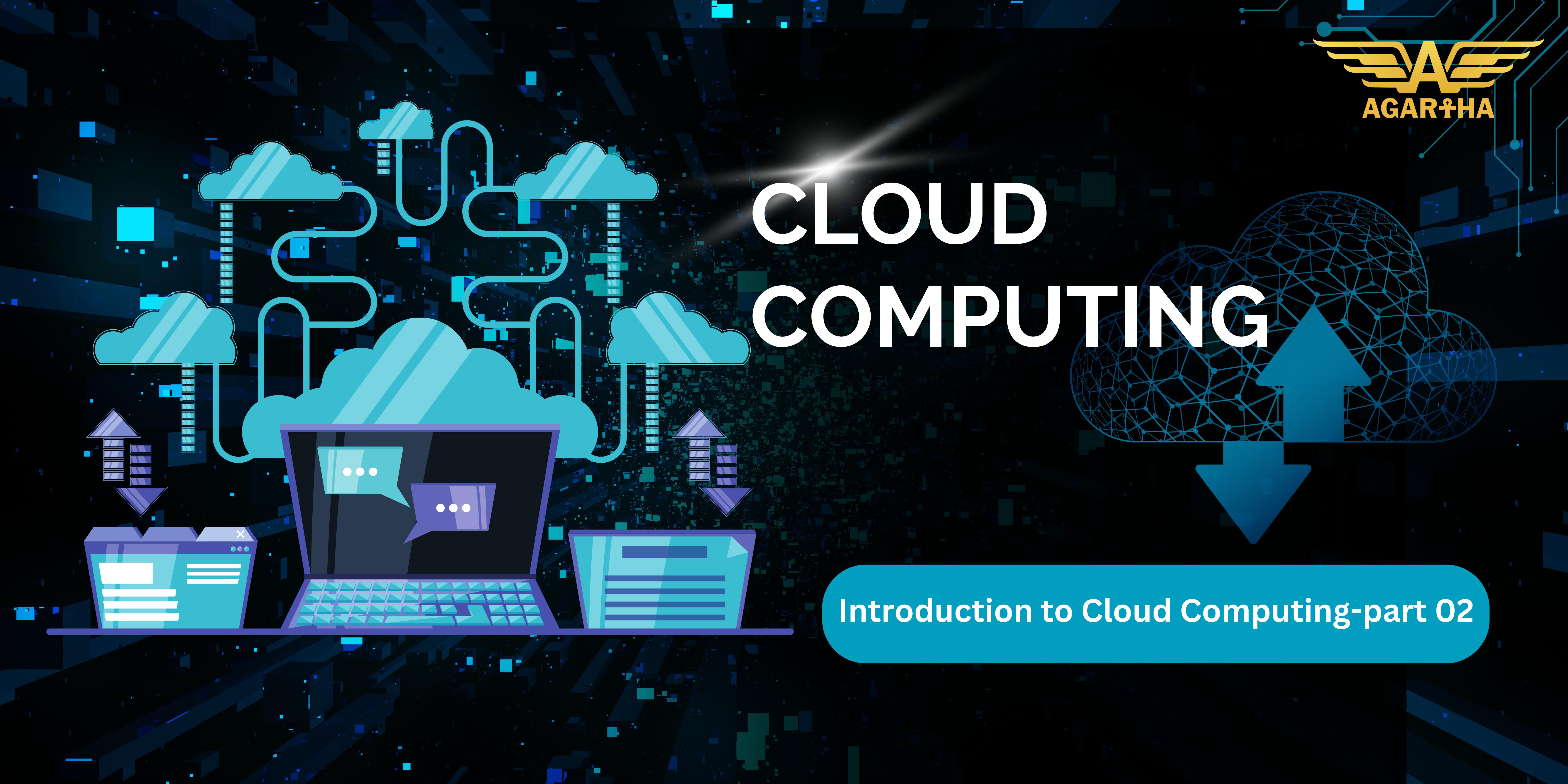- Understanding Cloud Computing
-
Evolution of Cloud Computing
-
Key Characteristics of Cloud Computing
-
Types of Cloud Computing Services
Understanding Cloud Computing
Cloud computing is a transformative technological model that allows users to access and store data, applications, and services over the internet, rather than relying on local servers or personal devices. This model offers a more flexible, scalable, and efficient way of managing IT resources, which has led to its widespread adoption across various industries.
Evolution of Cloud Computing
The concept of cloud computing has its roots in the 1960s, when computer scientist John McCarthy suggested that computing could be organized as a public utility. However, it wasn't until the mid-2000s that cloud computing began to take shape as we know it today, with major technology companies like Amazon, Google, and Microsoft developing large-scale cloud infrastructure. Amazon Web Services (AWS), launched in 2006, is often credited with being one of the first cloud platforms to offer a range of cloud services to businesses and individuals.
Key Characteristics of Cloud Computing
Cloud computing is defined by several key characteristics that differentiate it from traditional computing models:
1. On-Demand Self-Service : Users can provision computing resources automatically, without requiring human intervention from service providers.
2. Broad Network Access : Cloud services are accessible over the network through standard mechanisms, promoting use by heterogeneous client platforms such as mobile phones, tablets, laptops, and workstations.
3. Resource Pooling : Providers' computing resources are pooled to serve multiple consumers using a multi-tenant model, with different physical and virtual resources dynamically assigned and reassigned according to consumer demand.
4. Rapid Elasticity : Capabilities can be elastically provisioned and released, in some cases automatically, to scale rapidly outward and inward commensurate with demand.
5. Measured Service : Cloud systems automatically control and optimize resource use by leveraging a metering capability at some level of abstraction appropriate to the type of service (e.g., storage, processing, bandwidth, and active user accounts).
Types of Cloud Computing Services
Cloud computing services are generally categorized into three main types:
1. Infrastructure as a Service (IaaS) : This provides virtualized computing resources over the internet. IaaS allows businesses to rent servers and storage, paying only for what they use. Examples include Amazon Web Services (AWS), Microsoft Azure, and Google Cloud Platform (GCP).
2. Platform as a Service (PaaS) : This offers hardware and software tools over the internet, typically those needed for application development. A PaaS provider hosts the hardware and software on its own infrastructure, freeing developers from installing in-house hardware and software to develop or run a new application. Examples include Google App Engine and Microsoft Azure.
3. Software as a Service (SaaS) : This delivers software applications over the internet, on a subscription basis. Users can access SaaS applications from any internet-connected device, typically using a web browser. Examples include Google Workspace, Microsoft Office 365, and Salesforce.
In the next article, we will discuss:
-
Benefits of Cloud Computing
-
Challenges and Considerations
-
Future of Cloud Computing

